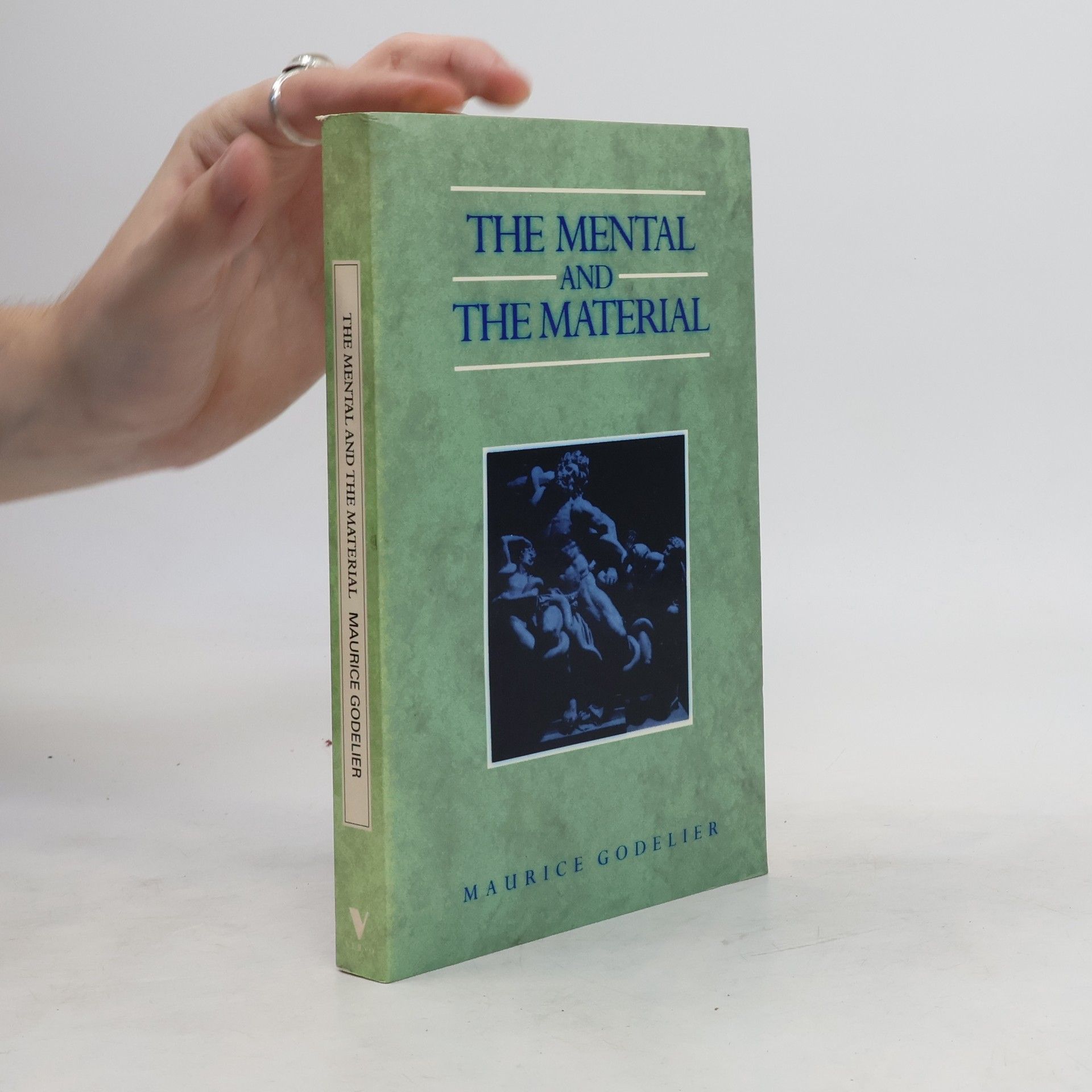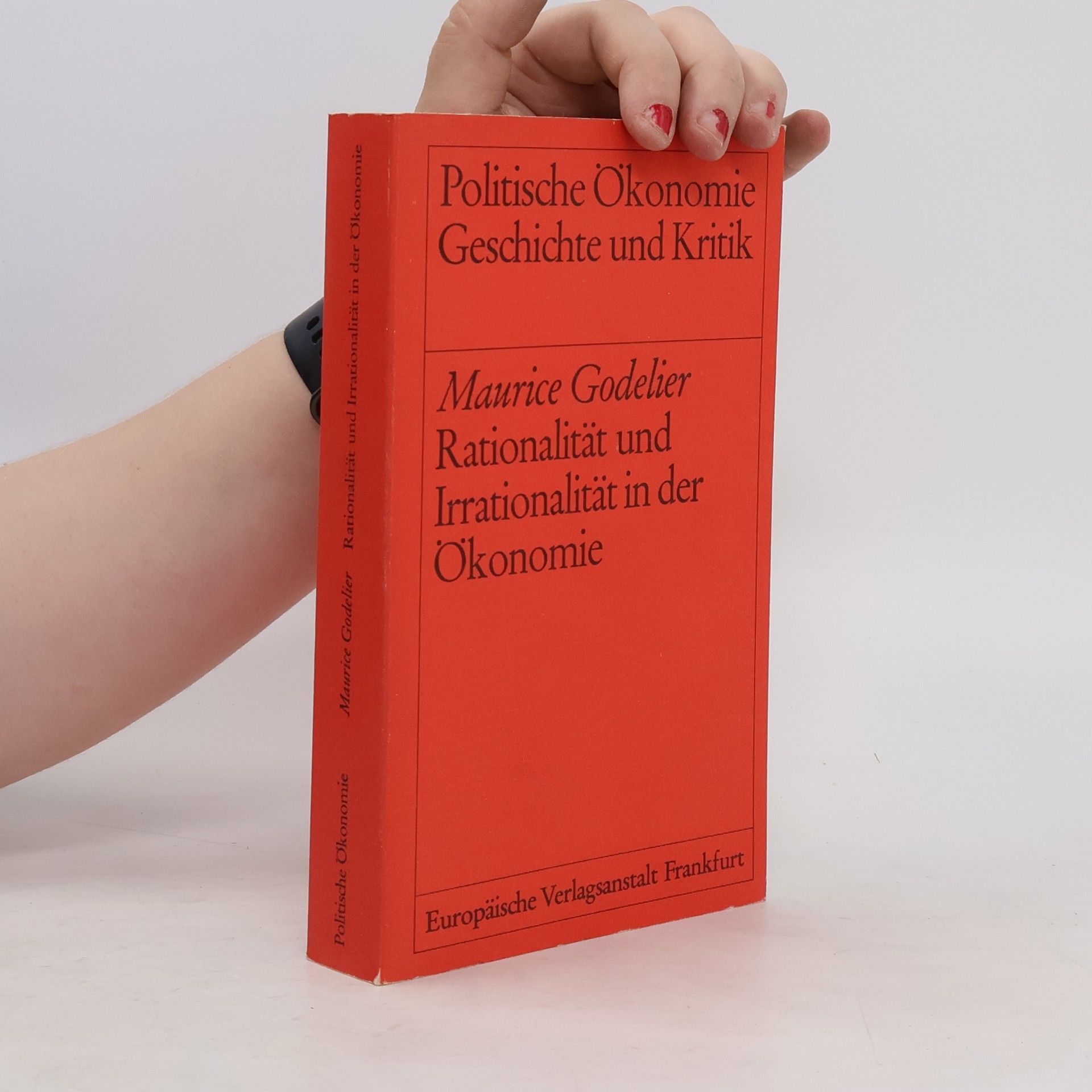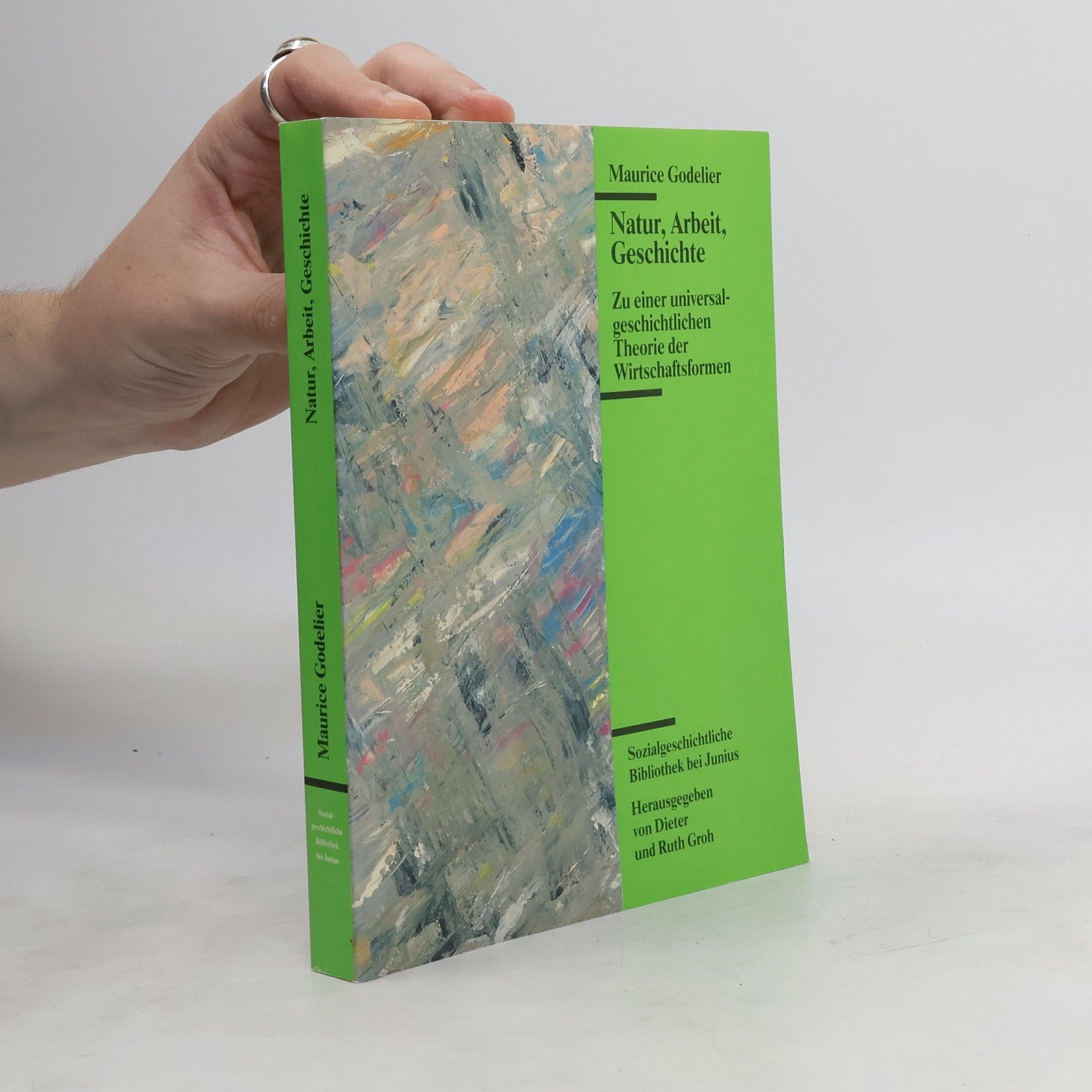Groundbreaking examination of the relationship between thought, economy and society.
Maurice Godelier Libros
Este influyente antropólogo francés es conocido como uno de los primeros defensores de la incorporación del marxismo en la antropología. Su extensa investigación de campo entre el pueblo Baruya de Papúa Nueva Guinea, que abarcó tres décadas, moldeó sus perspectivas sobre la sociedad. Su trabajo profundiza en las estructuras profundas de las relaciones humanas y la organización social. Examina los mecanismos fundamentales que rigen el comportamiento humano y las formaciones culturales.






A masterwork of the anthropology of kinship by the heir to Levi-Strauss
The Mental and the Material
Thought, Economy, and Society
The Imagined, the Imaginary and the Symbolic
- 176 páginas
- 7 horas de lectura
Exploring the close relationship between the real and the symbolic and imaginary What you imagined is not always imaginary, but everything that is imaginary is imagined. It is by imagining that people make the impossible become possible. In mythology or religion, however, those things that are imagined are never experienced as being imaginary by believers. The realm of the imagined is even more real than the real; it is super-real, surreal. Lévi-Strauss held that "the real, the symbolic and the imaginary" are three separate orders. Maurice Godelier demonstrates the contrary: that the real is not separate from the symbolic and the imaginary. For instance, for a portion of humanity, rituals and sacred objects and places attest to the reality and therefore the truth that God, gods or spirits exist. The symbolic enables people to signify what they think and do, encompassing thought, spilling over into the whole body, but also pervading temples, palaces, tools, foods, mountains, the sea, the sky and the earth. It is real. Godelier's book goes to the strategic heart of the social sciences, for to examine the nature and role of the imaginary and the symbolic is also to attempt to account for the basic components of all societies and ultimately of human existence. And these aspects in turn shape our social and personal identity.
Exploring the role of the incest prohibition in human societies
La production des grands hommes
pouvoir et domination masculine chez les Baruya de Nouvelle-Guinée
- 389 páginas
- 14 horas de lectura
Das Inzestverbot
- 112 páginas
- 4 horas de lectura
Der französische Anthropologe Maurice Godelier beleuchtet in seinem Gespräch mit Camille Kouchner das Inzestverbot als Schlüssel zur Analyse sozialer Hierarchien, Sexualität und Geschlechterrollen in nicht-westlichen Gesellschaften. Durch eine umfassende Reise durch Zeit und Raum zeigt er auf, wie diese Konzepte unterschiedlich konstruiert und gelebt werden, und eröffnet damit neue Perspektiven auf kulturelle Praktiken und soziale Strukturen.


